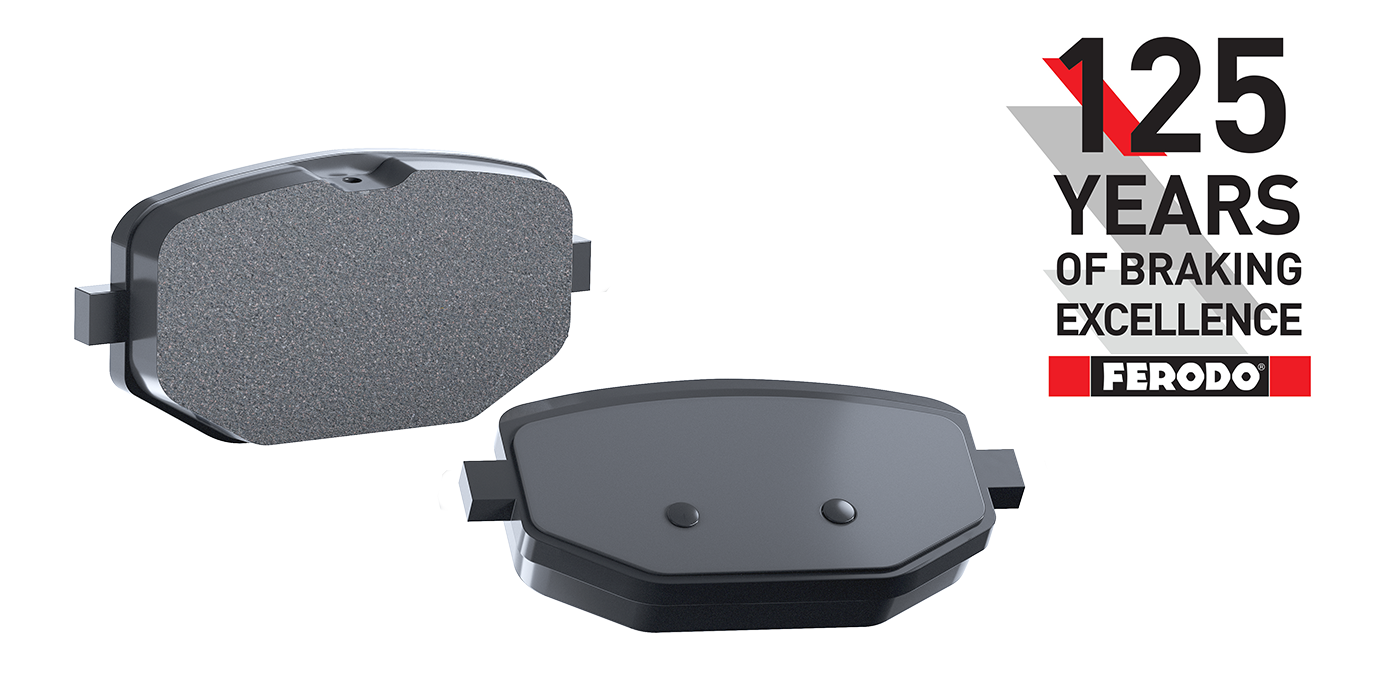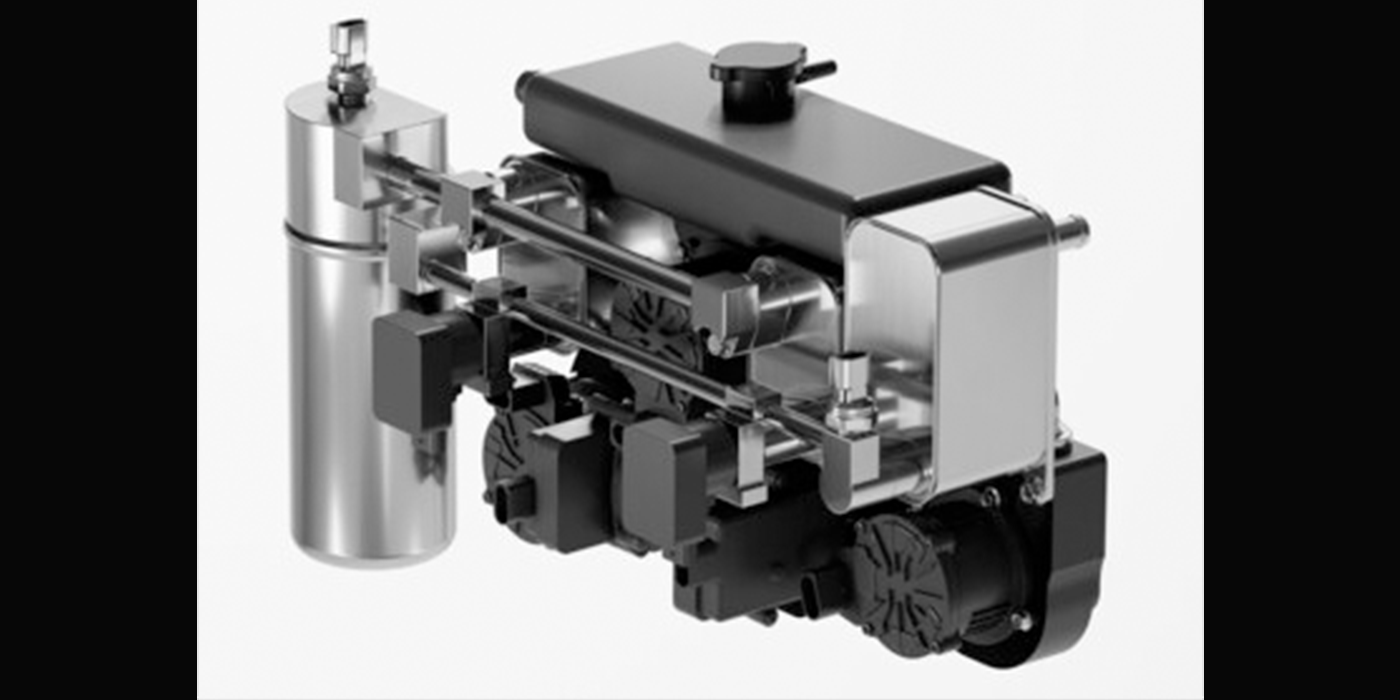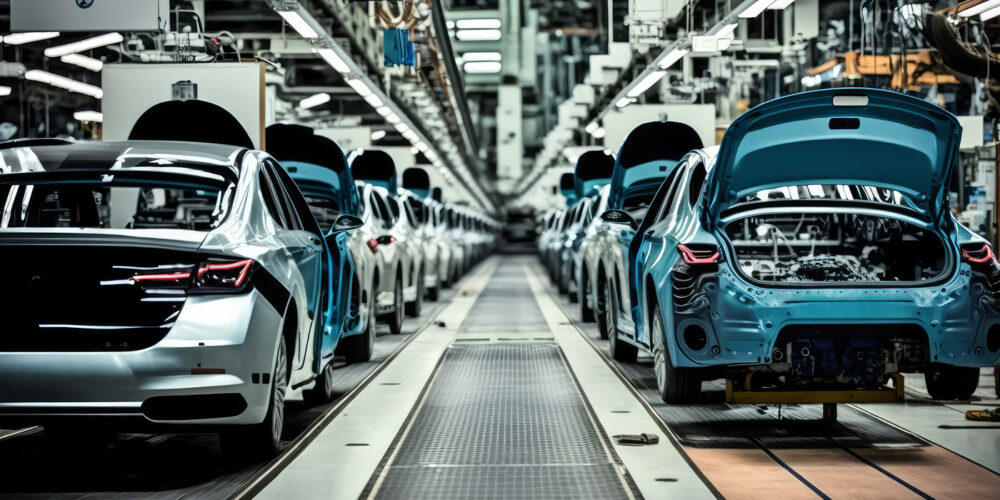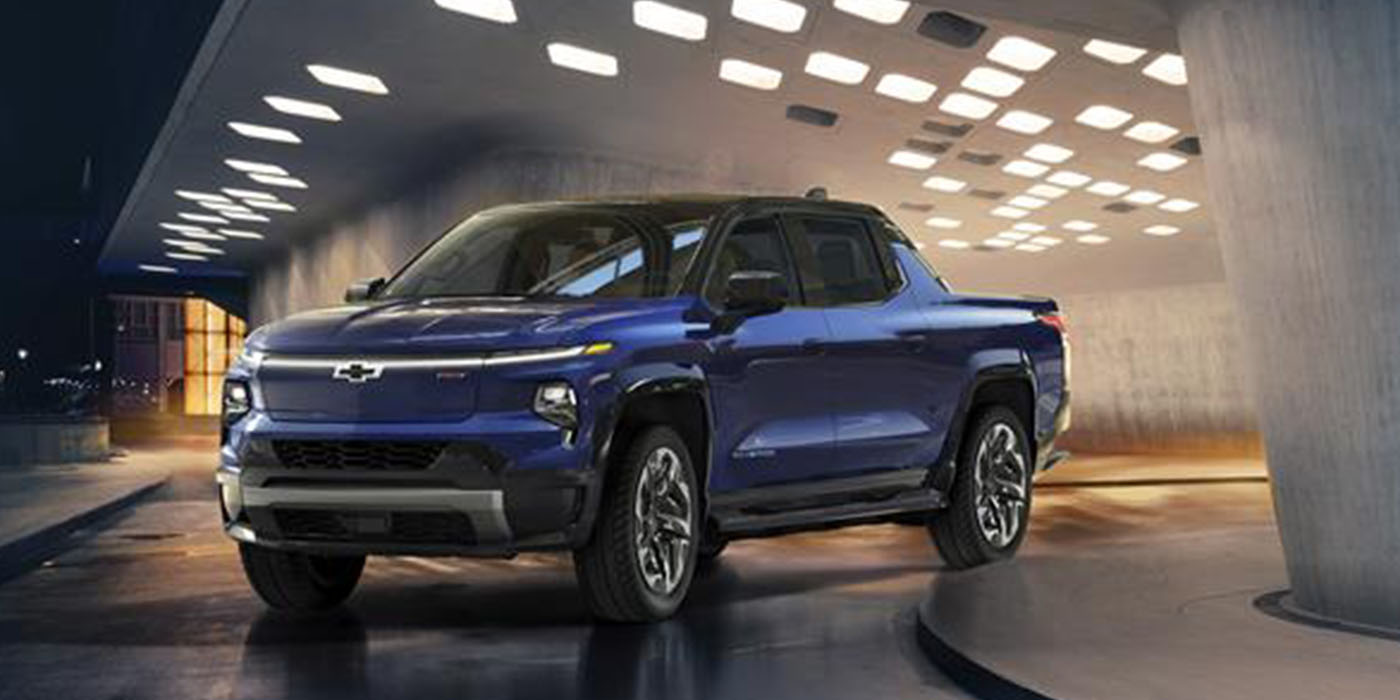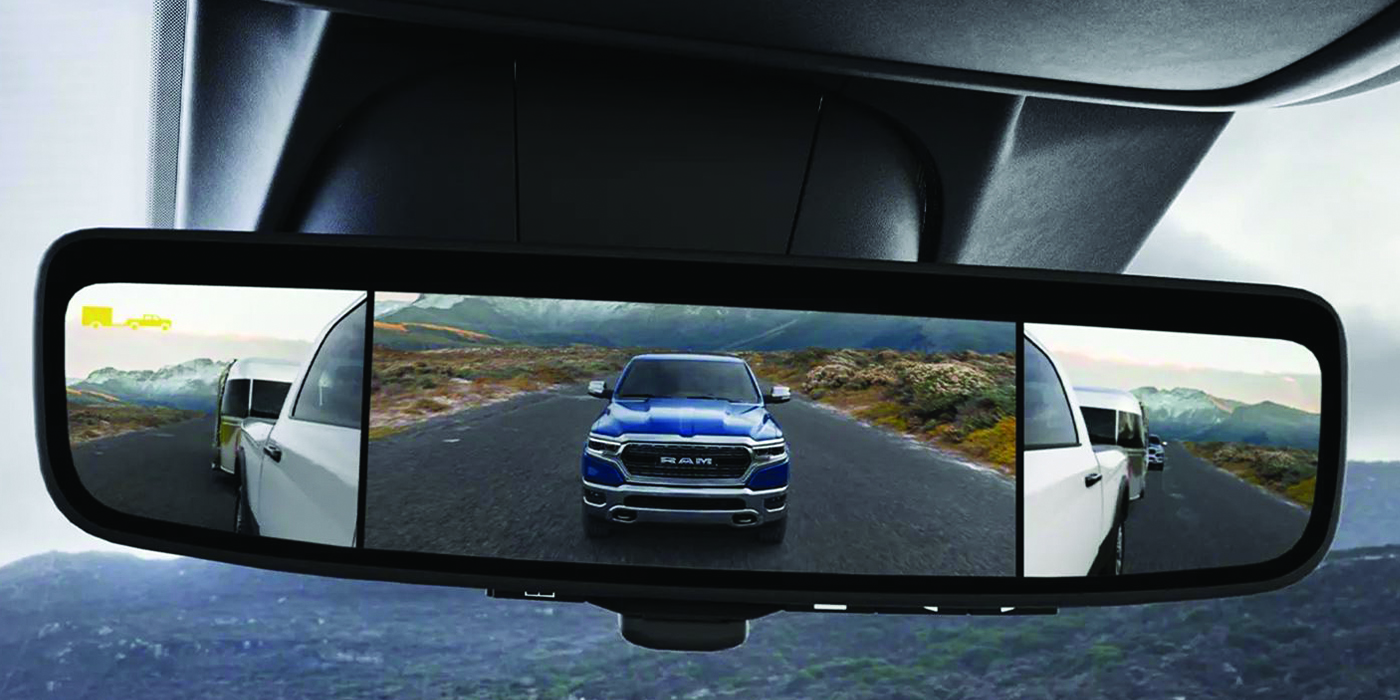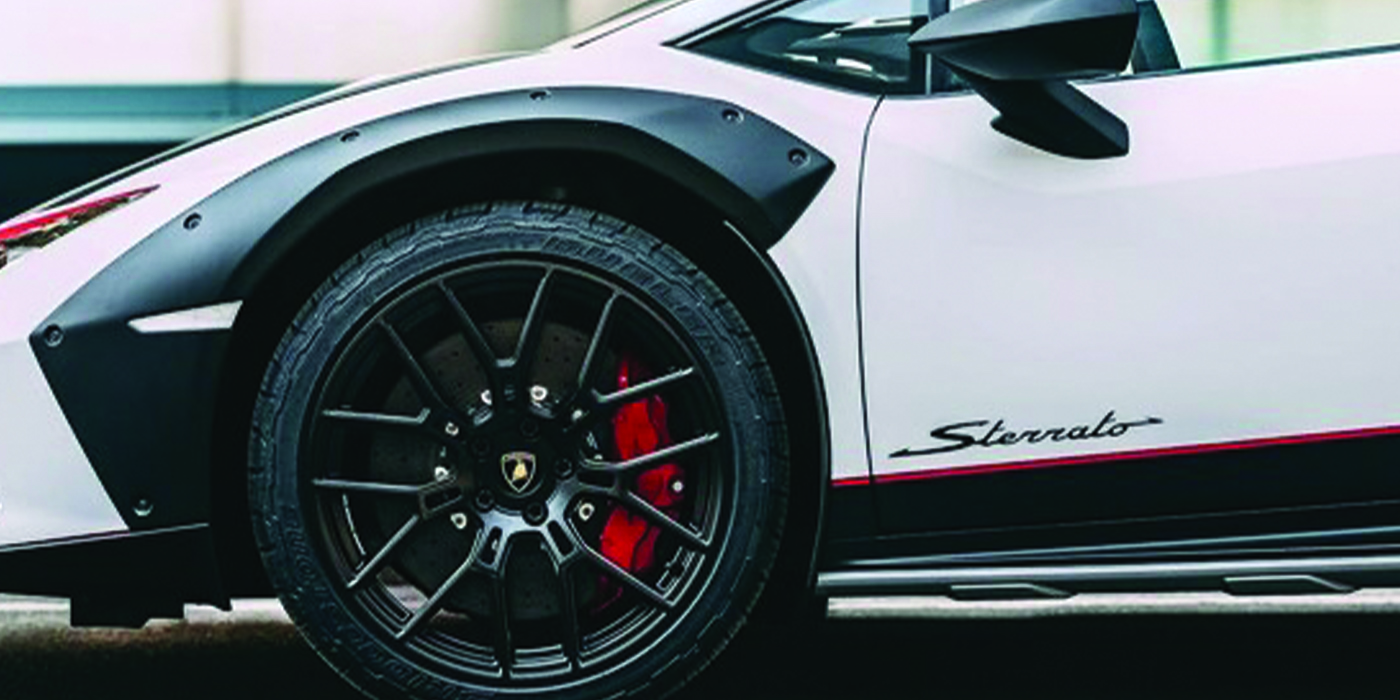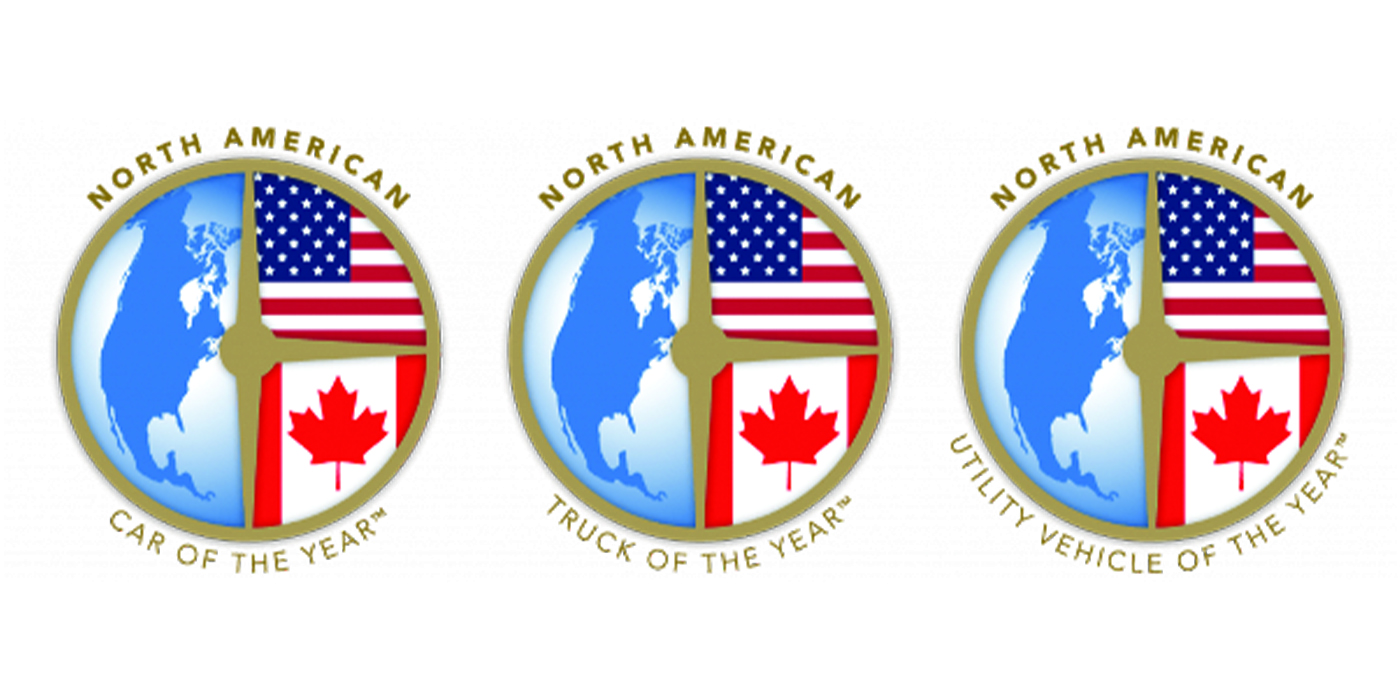From Detroit Free Press
Is the Detroit Way of doing business on its final lap?
Yes, almost certainly, if the General Motors Corp. board of directors, which meets today, ultimately decides to cast its lot with billionaire investor Kirk Kerkorian and the daring automotive superstar of the moment, Carlos Ghosn, by steering GM into a sprawling global alliance with Nissan Motor Co. of Japan and French automaker Renault.
For the past year Rick Wagoner, GM chairman and CEO, has tried to fix his sputtering company the time-honored Detroit Way. He has cajoled and wrangled with the UAW, the for-better-or-worse partner of Detroit’s automakers since World War II, to extract billions of dollars in future savings via workforce reductions and health care concessions. He has also defused a potentially disastrous labor showdown at supplier Delphi Corp. by underwriting the cost of buyouts and transfers for thousands of Delphi workers.
But suddenly last Friday, Kerkorian’s Tracinda Corp. sent a letter proposing that GM join the Nissan-Renault alliance. Kerkorian, owner of 9.9 percent of GM stock, had already discussed the idea with Ghosn, the architect of Nissan’s dramatic comeback in 1999 and now CEO of both Nissan and Renault.
Unstated, but implied, in Tracinda’s letter was this message to Wagoner: “Sorry, Rick, but the Detroit Way of doing things is too slow. We want Carlos to come in and help.”
Ghosn, we can assume, would give not a hoot about doing things the Detroit Way. When he took the reins at Nissan in 1999, he quickly closed plants and let workers go. So much for Japan’s tradition of lifetime employment. Ditto for Japan’s keiretsu system of interlocking ownership between an auto company and its suppliers. Ghosn sold off many Nissan suppliers.
And in the past month he ignored howls of protest — and lost a bunch of talent — when he moved Nissan’s U.S. headquarters to Nashville from southern California. If Ghosn winds up calling the shots at GM, he’ll do it his own way, although the UAW’s presence and GM’s complexity would make this his most daunting challenge to date.
The demise of the Detroit Way is neither a totally good nor an absolutely awful thing. But it’s probably inevitable, even if the GM-Ghosn alliance doesn’t happen now.
The Detroit Way worked well for several generations. It catapulted blue-collar workers into the middle class and beyond. And before the major incursion of foreign competitors in the 1970s, the GM-led oligopoly of Detroit carmakers recouped the escalating wages and benefits paid to its workers by simply raising the prices of cars and trucks.
As the world changed, however, Detroit resisted change. The guys running the auto companies and labor unions — and they’re still virtually all guys today — were encouraged to stay in their lanes and not disturb the status quo. Oh, some attempts at change were made, but the traditional Detroit Way generally prevailed:
–GM boasted in the mid-1980s that its new Saturn subsidiary in Tennessee, with a different UAW contract, would change GM’s culture and make it competitive in small cars again. A few years later, Saturn reverted to a standard UAW arrangement and Saturn car sales sagged, as GM failed to refresh its product line.
–Chrysler Corp. and GM, in a nod to show they had discovered the car-buying power of women in the late 1980s, each named a female marketing vice president. But Laurel Cutler, the pioneer at Chrysler, flew back to New York a few years later, proclaiming Detroit the “last locker room” of American business, run by “white, macho, middle-class Middle-Western males.”
–Ford Motor Co. moved its Lincoln-Mercury headquarters to California in 1998 to soak up some trendy Left Coast creativity, but moved the division back to Dearborn four years later.
What’s killing the Detroit Way model today is relentless competition from Japanese, Korean and European automakers. When sales sagged below forecasts at GM, Ford and Chrysler — as happened often during the past decade — the companies kept pushing out product because they had to pay their workers anyway. And then they had to use big rebates and low-cost loans to sell the iron, depressing profits.
If Kerkorian is pleased with Wagoner’s cost-cutting this year — and he should be — he’s still obviously worried about GM’s sagging share of U.S. car and truck sales. GM sold 50 percent of all vehicles in the United States a few decades ago, but only 24 percent during the first half of this year.
It’s way too early to know how ownership of GM, or possibly even Ford, will be affected by the shock waves from the Kerkorian-Ghosn overture to GM. But it’s fair to assume that we’re witnessing the final days of the old Detroit Way of doing business.
Copyright 2006 Detroit Free Press. All Rights Reserved.
_______________________________________
Click here to view the rest of today’s headlines.



